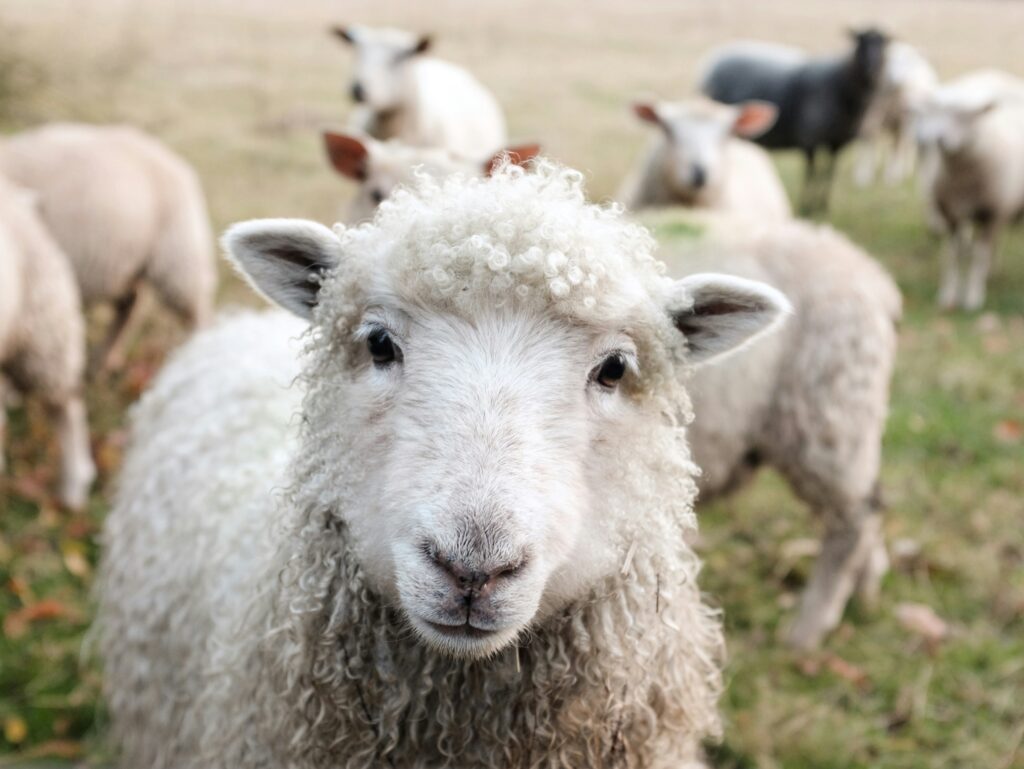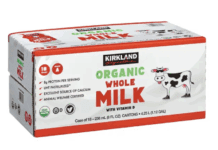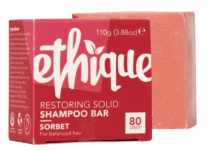The benefits of wool clothing go far beyond staying warm in the cold. Wool is one of the most naturally engineered fibers on the planet—comfortable, breathable, renewable, and sustainable. From snowy hikes to summer travel, wool adapts to your body and your environment, making it one of the smartest materials you can wear all year long.
Wool has been worn for thousands of years because of its unique structure. Each fiber is made up of a protein called keratin, the same material found in human hair. That means it naturally bends, stretches, and reacts to changes in temperature and humidity. This is why wool clothing keeps you warm in cold air yet cool when things heat up. The microscopic crimp in the fibers traps air pockets for insulation while still allowing moisture to escape—an ideal balance of warmth and breathability.
Why Wool Excels in Winter
When temperatures drop, the benefits of wool clothing become obvious. Wool acts like a personal climate control system, keeping body heat close without trapping moisture. Unlike synthetic materials, wool can absorb up to 30% of its weight in moisture before it feels damp. That means even if you sweat under layers, wool stays comfortable. This moisture management makes wool perfect for base layers, socks, and outer garments in cold weather. It helps regulate body temperature, preventing the chill that can follow intense activity.
Wool’s ability to insulate even when wet gives it an edge over cotton or synthetics. Outdoor adventurers and hikers have long favored merino wool because it performs reliably in unpredictable weather. It also resists odors naturally thanks to lanolin, a wax-like substance that repels bacteria and dirt. After a long day on the trail or a weekend trip, your wool shirt will still smell fresh—a benefit you can’t overstate when packing light.

Year-Round Comfort
One of the most surprising benefits of wool clothing is its performance in warm weather. Modern merino wool is lightweight, smooth, and breathable. It wicks moisture away from the skin, helping your body stay cool and dry in the heat. Because wool is a natural temperature regulator, it keeps you comfortable in both high and low conditions. Farmers and outdoor workers have worn wool for centuries precisely because it adapts to varying climates.
Even indoors, wool works wonders. In the office, a thin wool blend blazer or sweater offers comfort without overheating. For travelers, merino t-shirts are ideal: they resist wrinkles, dry fast, and pack small. Whether it’s a humid summer day or a brisk autumn morning, wool adjusts effortlessly.
Sustainability and Durability
Eco-conscious consumers are rediscovering wool as a sustainable alternative to synthetic fabrics. Wool is biodegradable and renewable, sourced annually from sheep without harming them. Unlike petroleum-based textiles, wool decomposes naturally, releasing nutrients back into the soil. Many wool garments are produced with minimal chemical treatment, aligning with environmentally responsible practices.
Durability is another hidden benefit. Wool fibers can bend thousands of times without breaking, which means a good sweater or coat can last decades. High-quality merino shirts retain their shape and performance after hundreds of washes. Investing in wool reduces clothing waste—a small but meaningful step toward sustainable living.
Care and Maintenance
Many people hesitate to buy wool because they assume it’s hard to care for, but that’s a myth. Today’s merino and wool blends are machine washable on gentle cycles and often treated to resist shrinking. The key is mild detergent and air drying. Because wool repels odor and stains, you can wash it less often, saving both water and energy.
The Smart Choice for Every Season
Choosing wool isn’t just about comfort—it’s a lifestyle choice that reflects mindfulness and sustainability. Whether you’re layering up for a snow day, working outdoors in spring, or traveling light in summer, the benefits of wool clothing follow you through every season. It’s durable, versatile, and naturally aligned with an eco-livable way of life.
As more consumers move away from fast fashion, wool stands out as a timeless, practical material that bridges performance and responsibility. In a world where synthetic fabrics dominate, wool reminds us that nature often builds the best technology.
For more insights into sustainable living and everyday eco choices, explore our article on smart sustainable living and see how traditional materials like wool fit perfectly into modern, resilient lifestyles.
External Resources for Further Reading:
- The Campaign for Wool — global initiative promoting natural wool use
- International Wool Textile Organisation — sustainability data and standards
- Smartwool Merino Guide — technical information on modern wool performance
Affiliate Disclosure: EcoLivable may earn a small commission from qualifying purchases, at no extra cost to you.








